Honda has confirmed its pint-size Super-One electric car will be coming to Australia, so what’s it like to drive? We had the chance to have a very brief steer of the boxy new electric hatch at Honda’s proving ground in Japan.
WATCH: Paul’s Honda Tech Day video, including Super-One drive!
This is not just another Japanese-market Kei car concept. Honda has confirmed this exact prototype is the basis for its first proper battery-electric vehicle (EV) for Australia, and it’s slated to launch here in the second half of 2026.
It’s a bold, bizarre, and frankly risky move from a Japanese auto brand that’s built its modern reputation on sensible hybrids and practical SUVs.
We were given a very brief, three-lap drive on a highly controlled circuit. The core question is simple: Is this little box of tricks a genuinely fun, engaging, and affordable city EV that can reignite the brand Down Under?
Or is it a weird, impractical experiment that’s completely out of touch with an Australian market obsessed with cheap Chinese-made SUVs?
How much does the Honda Super-One cost?
Honda Australia is keeping pricing close to its chest, which is typical. The only official word so far is that it will be “cheaper than a Civic”.

Let’s be blunt: that’s a meaningless metric. The 2025 Honda Civic e:HEV L starts at $49,900 drive-away. To be competitive, the Super One can’t just be “cheaper” – it needs to be in a different postcode entirely.
The real-world battle isn’t with a $50k hybrid hatch. It’s with the budget-end of the EV market, which is dominated by China.
The BYD Dolphin Essential kicks off at $29,990 before on-roads, and the MG 4 Excite starts at $36,990. BYD has also just announced pricing for the Atto 1, which kicks off at $23,990 before on-road costs.
If Honda lands the Super One over the $35,000 mark, it’s dead on arrival. Buyers will simply walk a few showrooms down and get a larger Chinese-built EV, probably with more range, for the same money.
The bottom line is this: “cheaper than a Civic” is a marketing line. The reality is this car needs to be “cheaper than an MG 4” to have a fighting chance.
What is the Honda Super One like on the inside?
The cabin in our prototype drive is expected to be very close to the final production car.

It’s a space that’s 100 per cent focused on the driver. The first things you notice are the heavily bolstered sports seats, which in the show car were finished in a hard-wearing, two-tone cloth with a playful asymmetric blue pattern on the driver’s side.
The dashboard itself is a simple, horizontal beam, which gives you a clear and open view of the road. It’s all-digital, with a compact screen in front of the driver for the (racy-looking) triple-gauge cluster, and a central floating tablet for infotainment.
Crucially, there appears to be a bank of physical knobs and buttons for the climate control, which is a welcome dose of common sense. The steering wheel is a standard Honda design, but with one very important addition: a big purple “BOOST” button right under your thumb.
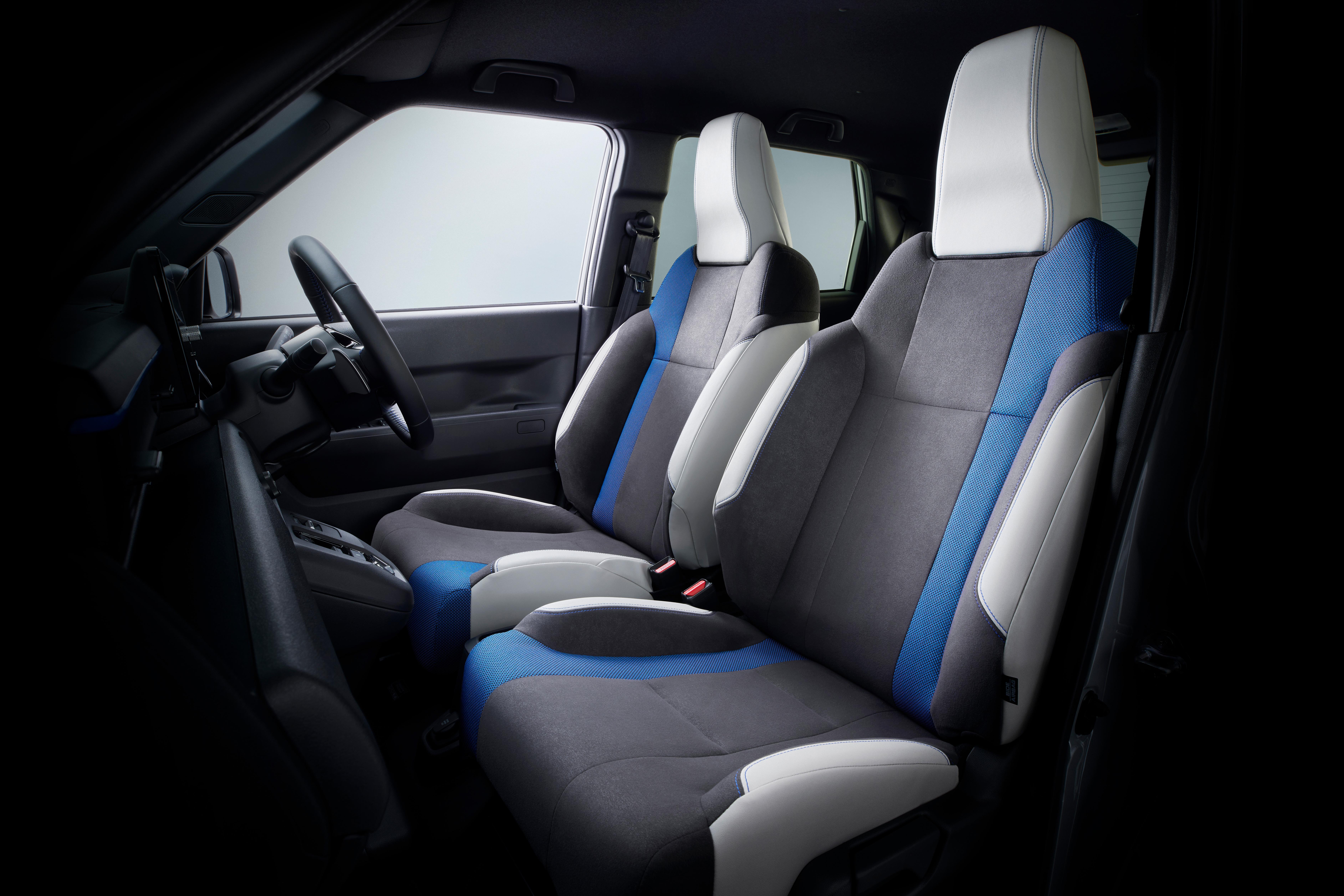
As for practicality? Forget it.
This is a strict four-seater. The rear seats are upright and best reserved for short trips, which is what this car is designed for.
The boot is also tiny. You’ll get a couple of shopping bags or a briefcase in there, but that’s about it. This is an urban runabout, not a family wagon.
In saying that, people’s obsession with large vehicles often can’t be justified and for the person that’s content with something to get around the city in, this makes perfect sense.
What’s under the bonnet?
Honda is keeping mum on the most critical specs. We have no confirmed details on battery size (in kWh), motor outputs (kW/Nm), or charging speeds.
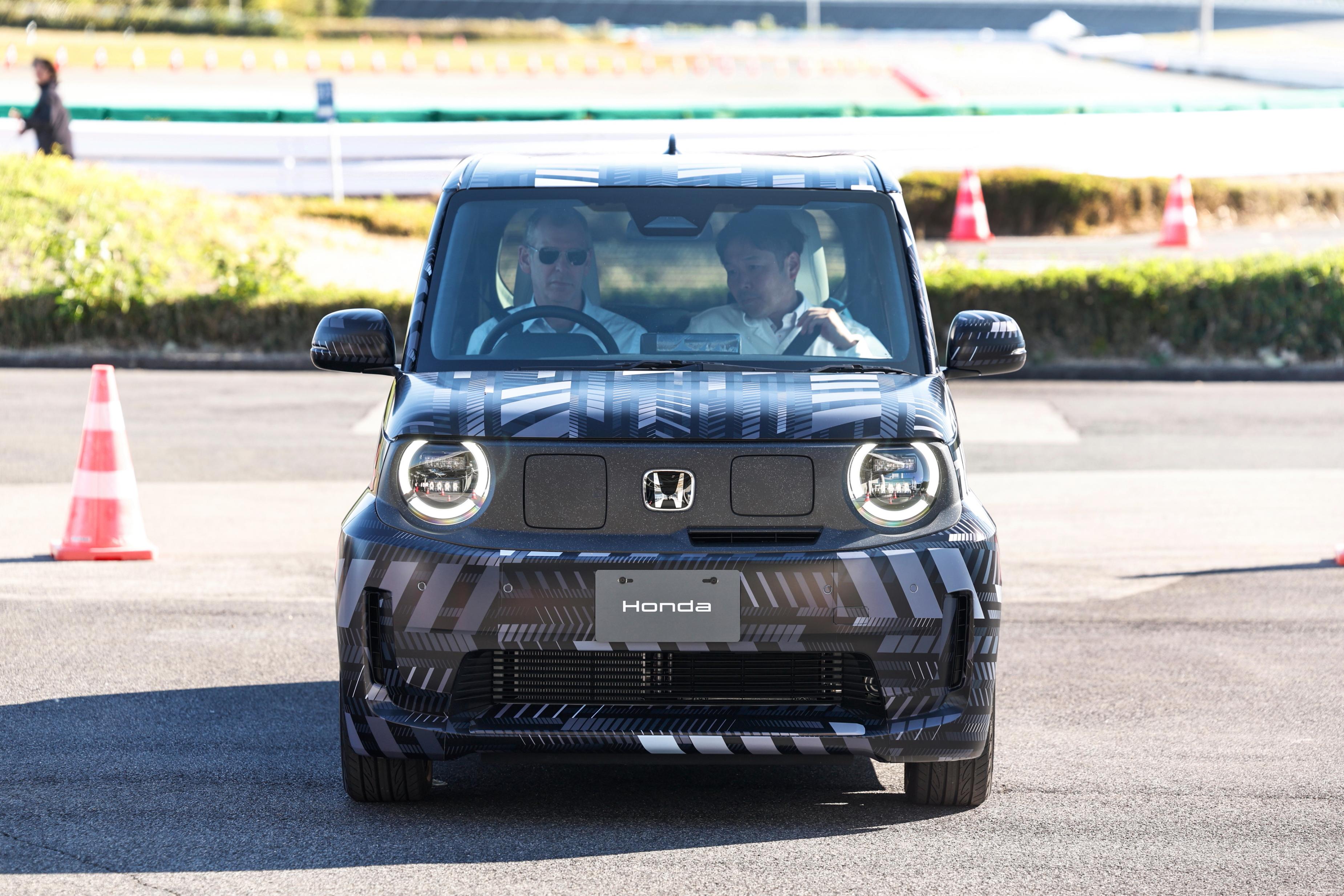
This is the core information buyers need to make a decision, and without it, the Super-One is just a concept.
What we do know is that it’s based on a Japanese ‘Kei’ car, but built for export. That means it’s slightly larger than the strict Kei rules, measuring under 3.6 metres long and 1.6 metres wide. This is a good thing, as it’s not bound by the 47kW Japanese power cap.
Honda Australia has confirmed the Super-One will undergo a local testing program to tune its ride, handling, and safety systems for Australian roads, with a launch planned for the second half of 2026.
Instead of performance specs, Honda has confirmed a Boost Mode for the prototype, which simulates a 7-speed transmission and pipes in a virtual engine sound. This will likely be a love-it-or-hate-it gimmick for most buyers, who are probably more interested in real-world range.
While unconfirmed, some reports have suggested a potential range of around 295km, but Honda is yet to provide an official WLTP figure.
How does the Honda Super One drive?
We had a very brief, three-lap drive of a pre-production Super-One at a private proving ground.
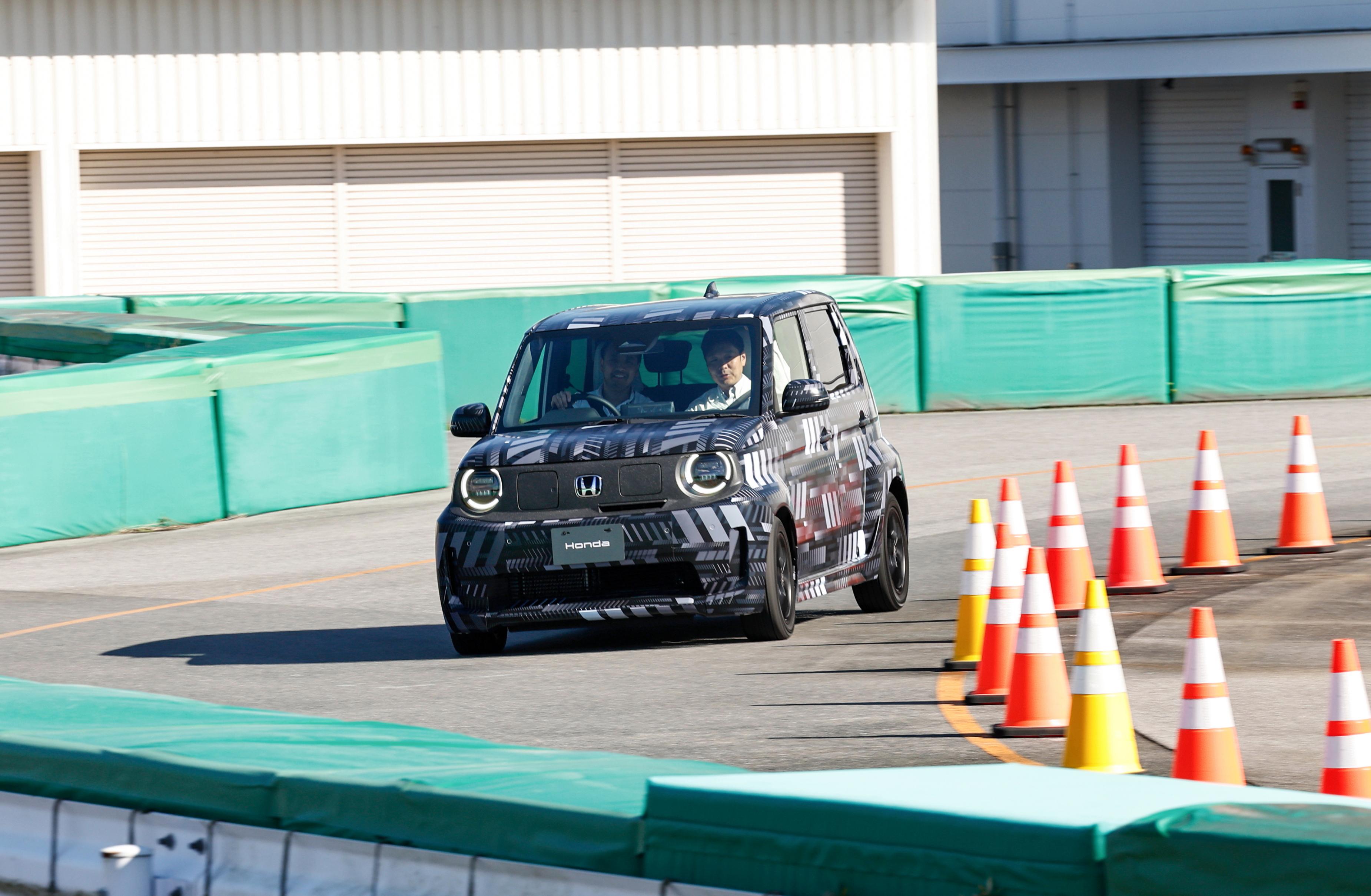
Our brief track test was… interesting. Let’s get this straight: this isn’t a performance car. It doesn’t feel super punchy, but it doesn’t feel super slow, either. It’s a fun-sized gimmick, and I mean that in the best way.
Honda has pulled a page from the Hyundai Ioniq 5 N’s playbook with its Boost Mode. This isn’t just a simple overboost function; it’s a full-body experience.
Engaging it pumps a surprisingly cool, synthetic engine sound into the cabin. It also activates a simulated gearbox, which you can control with the steering-wheel-mounted paddles.
It even blips on the fake downshifts and sends a slight vibration through the chassis to make it feel like an engine is alive somewhere. It’s all completely artificial, but it’s genuinely entertaining.
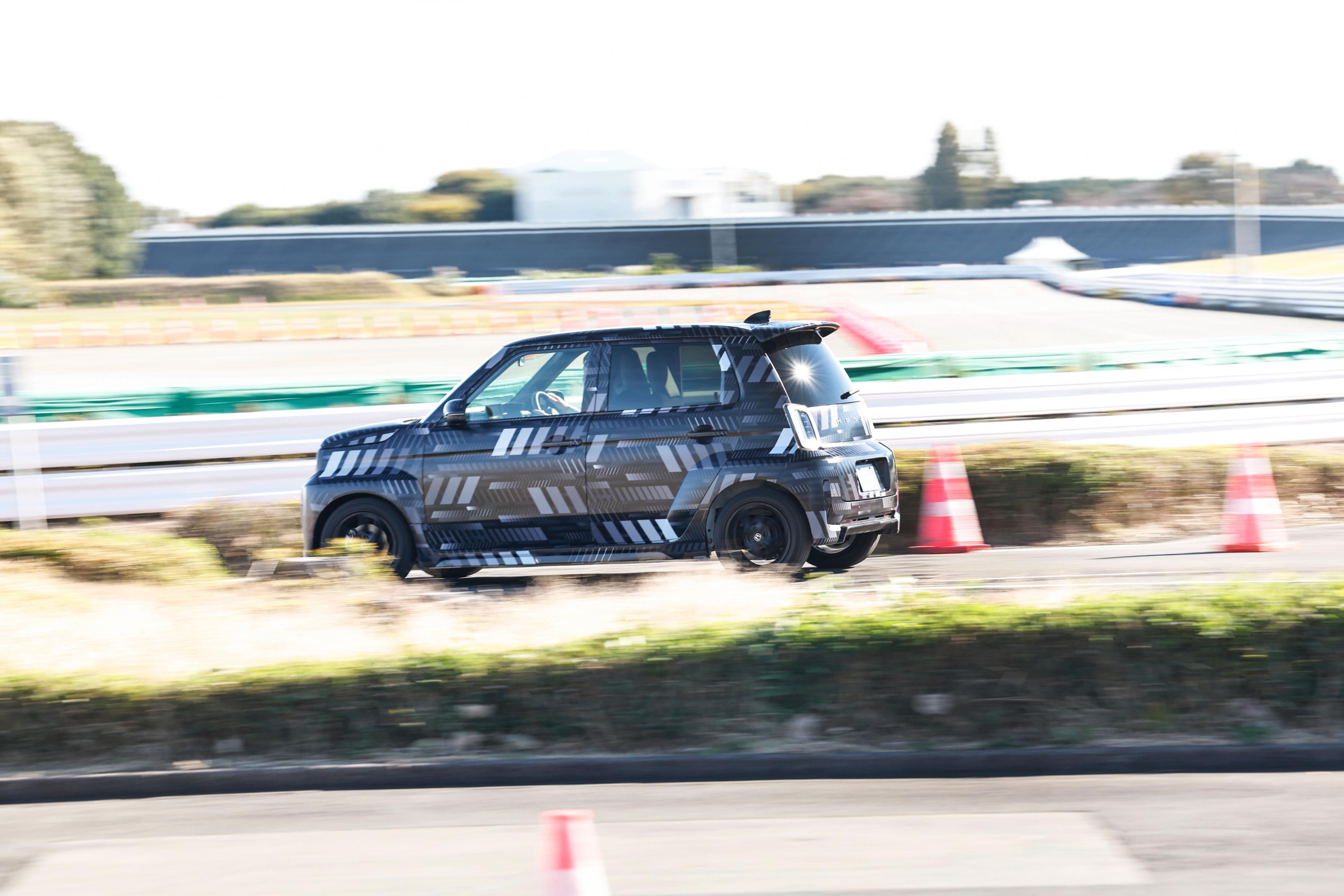
Dynamically, its Kei-car roots are obvious in its tall, narrow body. You’d expect it to topple over at the first sign of a corner, but the low-slung EV battery and the flared, wider-than-a-Kei-car track give it a planted, nimble feel.
The prototype’s sticky tires offered a decent amount of grip, and the torque delivery felt responsive, especially with Boost Mode engaged. It’s a bizarre and fun little car to punt around.
I did find it a little tricky to fit in the driver’s seat with my elbow hitting the door each time I turned the wheel. It kind of felt like a mini Land Rover Defender with a narrow body that has seats sitting too far outboard.
Outside of that, we’ll need to wait until we have a drive in Australia to get a proper feel for it.
Is the Honda Super-One safe?
The Honda Super-One has not been crash-tested by ANCAP.
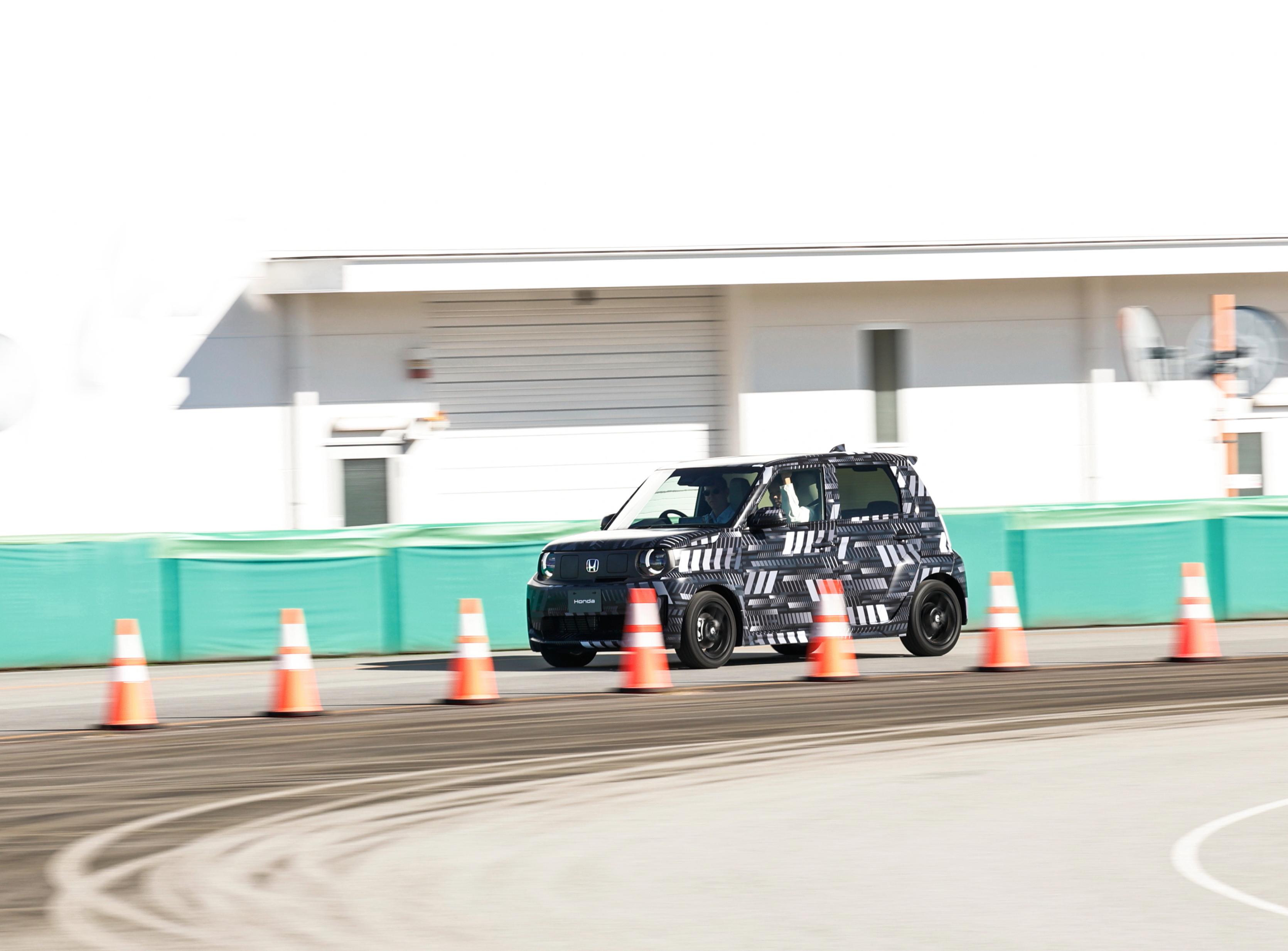
However, Honda Australia has stated it is targeting a “minimum four-star safety rating”. This is a realistic, if not ambitious, target for a car of this size and (potential) price point.
Crucially, Honda has confirmed the Super-One will be a full-factory import, engineered to meet all Australian Design Rules (ADRs).
This is a key distinction from the ‘grey import’ Kei cars that have recently been caught out by non-compliance with ADR 85 for pole side impacts. Because Honda is bringing this car in officially, buyers won’t face any of that red-tape-induced mess.
We expect a full suite of modern safety aids, but Honda has not yet confirmed the final list.
CarExpert’s Take on the Honda Super-One
Let’s get this out of the way first: the Honda Super-One is, without a doubt, a huge amount of fun to drive.
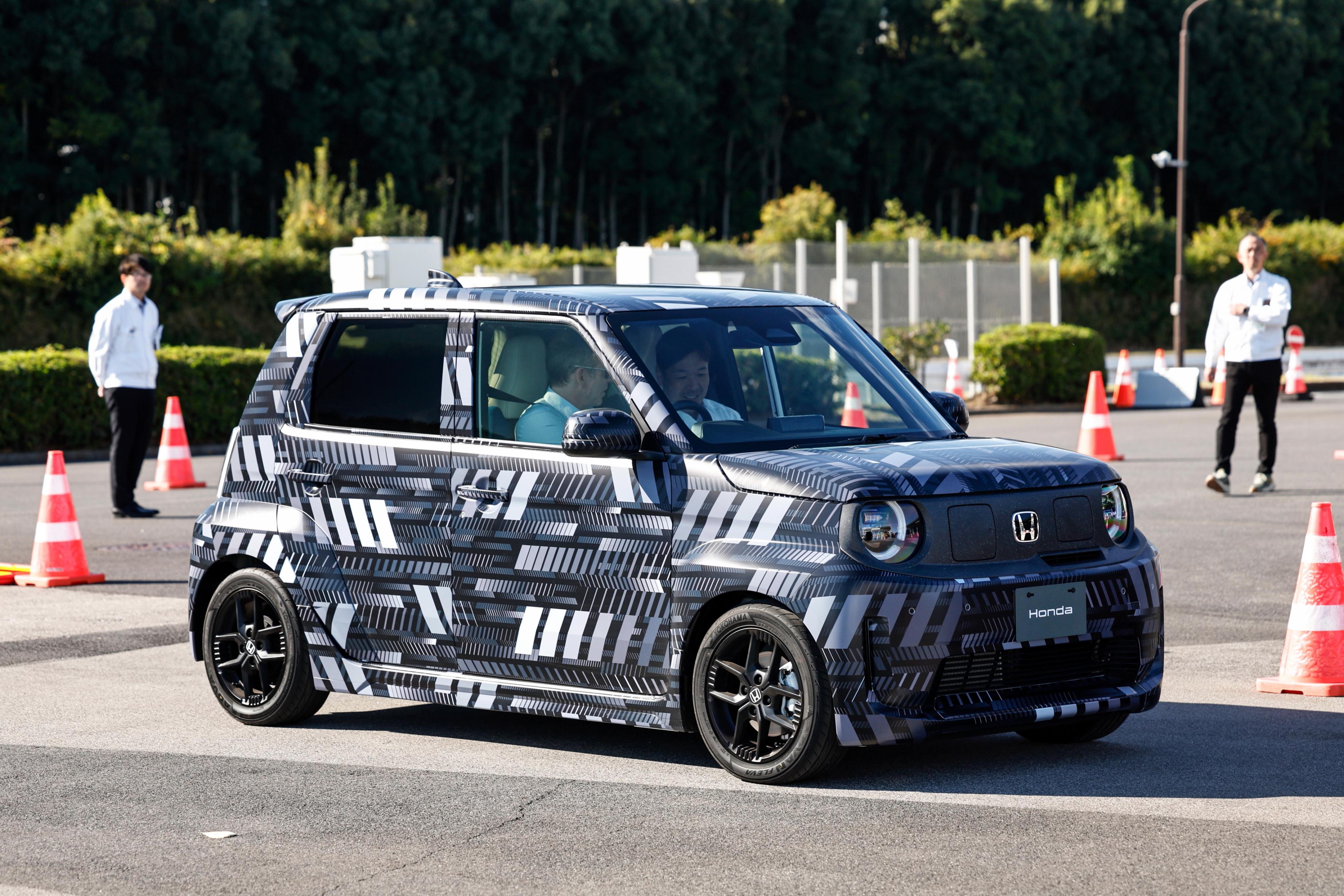
In a world of numb, heavy, and appliance-like EVs, this thing is a go-kart.
It’s nimble, responsive, and the Boost Mode – with its fake engine noise, simulated gearshifts, and even chassis vibrations – sounds like an awful gimmick on paper, but it’s genuinely entertaining. It adds a layer of driver engagement that is completely absent from its rivals.
Its Kei-car roots give it a tall, narrow profile, but the low-slung EV battery and the flared, wide-track stance mean it feels planted and stable. It’s a “slow car fast” champion in the making, and it’s a car that will make you smile on a city commute.
But – and this is a big, flashing, neon-sign but – a car is more than a three-lap thrash on a perfect test track. In the real world, none of that fun will matter one bit if Honda gets the price wrong.

The VFACTS data paints a brutal picture. Honda as a brand is down 20 per cent year-to-date. The entire passenger EV segment it’s launching into has collapsed, down 53.6 per cent. Buyers are fleeing small passenger cars for SUVs. The only micro-car that sells is the petrol-powered Kia Picanto, which wins on one metric alone: it’s dirt cheap.
The Super-One’s competition isn’t other “fun” EVs. Its competition is the $23,990 BYD Atto 1 and the $36,990 MG 4. Both of those cars offer five seats, a usable boot, and proven (or at least, known) driving range. The Super-One is a strict four-seater with a boot that’s barely big enough for a laptop bag.
For this car to be anything more than a quirky footnote, Honda Australia can’t be sensible. The “cheaper than a Civic” line is a non-starter. If this lands at $38,000, it’s dead on arrival. Buyers will simply take the extra space and range of an MG 4 or similar.
For the Super-One to succeed, it must be priced so aggressively that it forces a real dilemma: the practical, spacious Chinese EV, or the genuinely fun Japanese one for similar money. If it can’t land near the $30,000 mark, it’s just a toy for a handful of Honda loyalists.

Click the images for the full gallery

